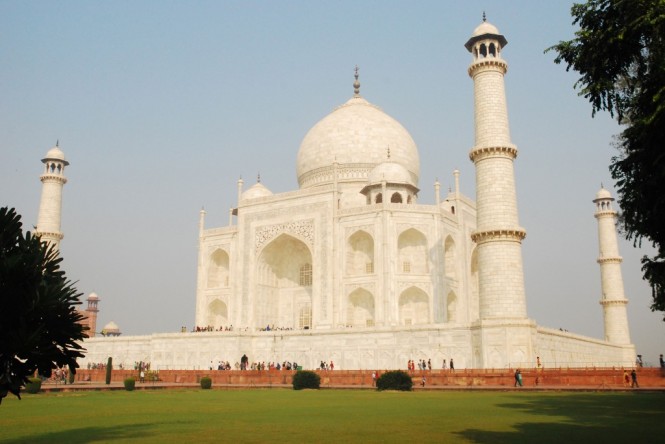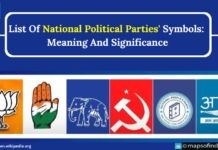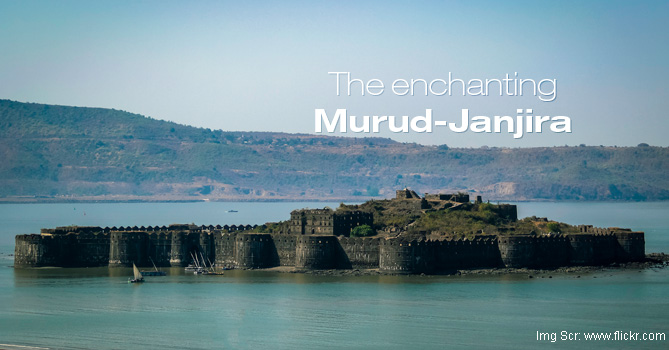
India’s most emblematic monument, the Taj Mahal, is probably one of the best-known structures in the world. Built-in white marble by Emperor Shah Jahan, in memory of his wife Mumtaz after her death, the Taj Mahal is famous the world over as the monument of love. A UNESCO World Heritage Site, the Taj Mahal is shrouded in myth and there have been many legends which have cropped up over the years. Here are some interesting facts about this world-famous monument:
Facts About the Taj Mahal:
- The construction of the Taj Mahal began in 1632 and was completed in 1653. It took a total of twenty-two years to complete the construction of this monument.
- The architecture of the Taj Mahal is a combination of Indian, Persian, and Islamic styles of architecture.
- The name of the architect of the Taj Mahal is believed to be Ustad Ahmad Lahauri.
- The Taj Mahal was Shah Jahan’s vision of Mumtaz’s home in paradise.
- Around 20,000 artisans and laborers worked day and night for twenty-two years to complete the construction of the Taj Mahal.
- The estimated cost of construction of the Taj Mahal was around Rs. 32 million.
- The Taj Mahal was constructed using the finest quality marble sourced from Rajasthan, Tibet, Afghanistan, and China.
- The Taj Mahal appears to be in different colors at different times of the day, giving rise to the belief that these changing colors depict the changing moods of a woman.
- The Taj Mahal is recognized as one of the wonders of the world and is a UNESCO World Heritage Site.
- There was a popular myth that Shah Jahan planned to construct a black Taj Mahal across the Yamuna River, but there is no historical evidence supporting this claim.
- Another popular myth suggests that Shah Jahan cut off the hands of all the workers after the completion of the Taj Mahal, but this claim has been debunked by historians.
- The Taj Mahal has a mosque on its premises, and it is closed on Fridays. Only those going for customary prayers are permitted inside the Taj Mahal on Fridays.
- Shah Jahan used to approach the Taj Mahal on a boat that would sail down the River Yamuna, which flows behind the Taj Mahal.
- In the late 19th century, the Taj Mahal was defaced by British soldiers who chiseled out precious stones from its walls. However, a restoration was ordered by British Viceroy Lord Curzon, who also gifted a large lamp that hangs in the interior chambers of the Taj Mahal.
- In 2000, an Indian writer named P.N. Oak claimed that the Taj Mahal was actually a Shiv Temple and filed a petition with the Supreme Court of India to excavate the site for proof. However, his petition was rejected by the Supreme Court.
- In 2001, UNESCO documented more than two million visitors to the Taj Mahal.
- India’s Nobel Laureate, Rabindranath Tagore, referred to the Taj Mahal as a “teardrop on the cheek of time.”
- Calligraphy on the tomb of Mumtaz identifies and praises her.
- The four minarets of the Taj Mahal have been constructed slightly outside of the plinth so that, in case of collapse, they would fall away from the main structure.
- After his death, Shah Jahan was laid to rest in the Taj Mahal beside the tomb of his wife Mumtaz.
More from the section: Bibi-ka-Maqbara: The Taj of Deccan | Taj Mahal | Taj Mahal Museum | Agra Fort | Akbar Tomb | Fatehpur Sikri | Facts About the Taj Mahal | Top 10 World Heritage Sites in India | Top 10 Monuments of India | Fun n Food Village in Delhi | Worlds of Wonder | Splash – The Water Park | Bibi-ka-Maqbara: The Mini Taj Mahal





